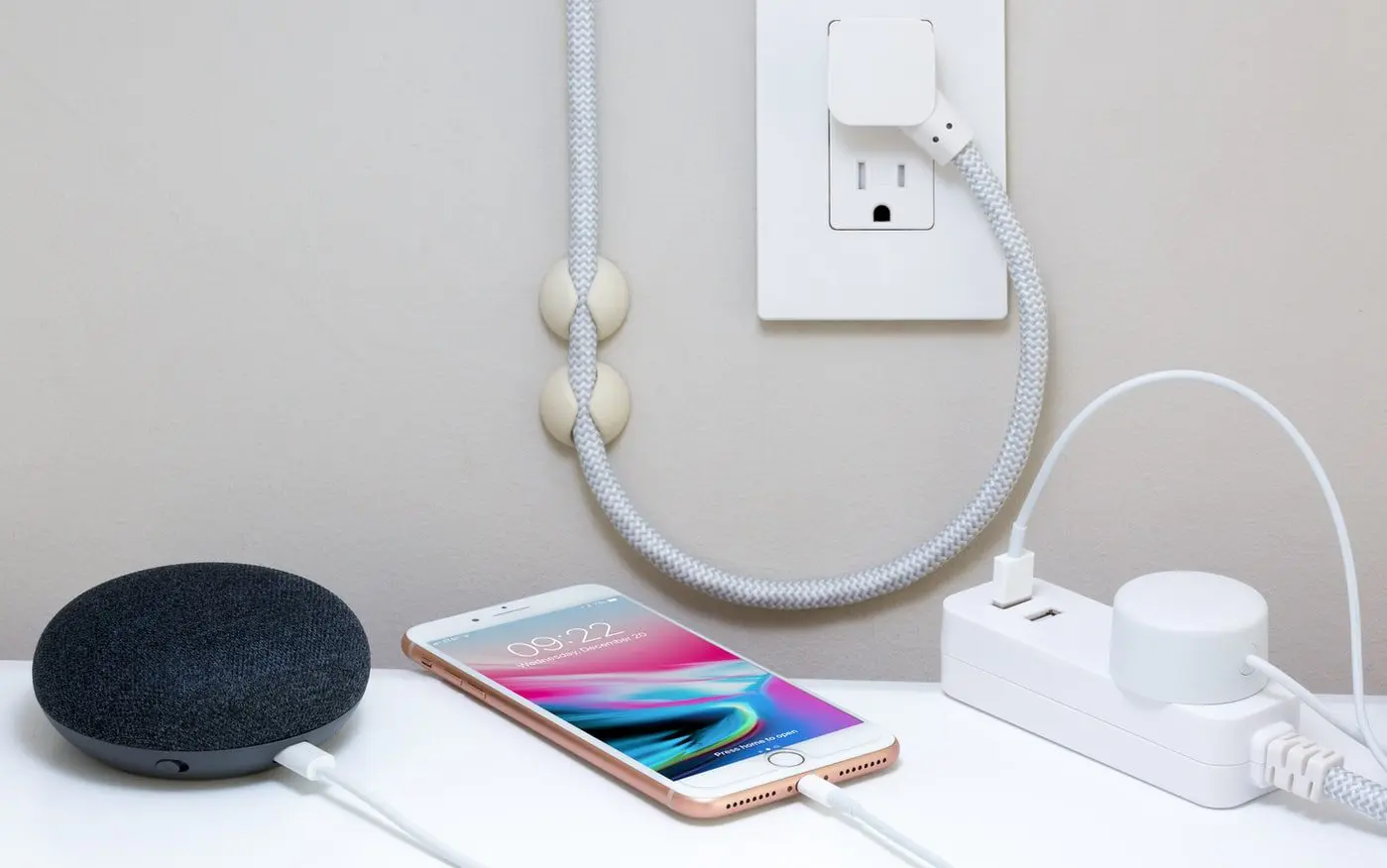There is a growing demand for smart home devices. Despite the economic restraints of Covid-19, the expected consumer spend on home automation is expected to reach $317 billion by 2026, according to a study by ABI research. ABI research also found that the next generation of smart home customers is looking for low-cost and flexible devices that are easy to set up. Manufacturers that plan to grow their market share in this emerging space should make their devices convenient to use, with features like wireless charging for smart homes. Let’s see how.
Smart Home Devices Delight Customers with Convenience
The main appeal of smart homes for consumers is the convenience and ease that IoT and home automation have to offer, alongside reduced costs and maximized security. This is especially true during Covid-19, when people are spending more and more time at home with their families or working, and wish to create a pleasant and enjoyable atmosphere for them and their children.
From smart speakers to lighting installments to security sensors and even grills, not to mention smart home systems like Alexa and Google Assistant, home residents can remotely and flexibly manage their entire homes without having to get up from their chair, or even be at home. They can clean with Roomba and other cleaning robots, wake up to their favorite tune with Apple HomePods and protect their loved ones with Google Nest Smart Cameras.
When customers choose which device to purchase, they will take three main aspects into consideration. The first is the device’s capabilities and features. Does the device do what I want it to do? The second is user reviews. What do other people who have used the device have to say about it? Thirdly, the convenience of usability. Will the device be easy to operate and maintain? The third factor might not be intuitive, but it is not surprising. After all, the device is supposed to make their lives much easier, so using it should be easy as well.
4 Ways to Ensure Smart Home Device Convenience for Customers
Manufacturers can make sure their devices are easy to use by ensuring:
Easy Smart Device Installation
Customers will prefer devices that are simple to install, preferably without requiring the assistance of IT experts or handymen services. Consumers should be able to take the device from the box and start using it within a few hours.
A Good User Experience and Interface (UX/UI)
A handy and friendly user experience and the interface will determine whether the user adopts the device or not. Smart home devices that are easy to use have a clear and straightforward device management system that only requires a few simple steps to operate. Such systems also enable automation and scheduling. They are controlled through an accessible app, remote control, or terminal.
Available Smart Home Customer Support
If consumers do need external assistance for any reason, companies should provide accessible customer support that can guide them through the setup and usage of the device.
Convenient Smart Device Charging Abilities
Even a device with cosmic superpower abilities to bring world peace isn’t worth much if it’s not connected to a power source. Powering or charging devices should be a seamless, transparent process for consumers. Preferably, it should be done through wireless power, especially in today’s smart homes that also focus on design and space aesthetics – which cables have no place in.
Wireless power for smart homes is a huge game-changer when it comes to convenience and enables bringing power to external devices such as cameras and 5G repeaters that are placed outside the home. With wireless power, there would be no need to drill through walls, and powering devices through windows becomes an option. In cases where devices need to be directly aligned with a docking station in order to charge, like cleaning robots for instance, wireless charging made for IoT devices eliminates the need for a docking station entirely and provides an easier faster way to charge.
Wireless Charging for Smart Homes: A Convenient Solution for Installation and Charging
There are two main installation and charging methods today:
Standard Cable Charging
Most devices support standard cable charging.
But, smart home device installation might still be cumbersome and difficult in most cases. For example, if customers need to drill through walls or complex surfaces to set up power for IP cameras located outside the front door they might not be able to do that as there are surfaces that cannot be drilled through, like glass windows.
In addition, messy cables and wires make the home messy and even dangerous. Hiding them inside walls requires a costly and cumbersome installation with a third party. In addition, they require a lot of electric sockets that are not always available.
Wireless Power for Smart Homes
Wireless charging evades the challenges of electric charging. Installation is simple and drill-free, the home remains aesthetic and wireless power transfer for smart homes is a safer method that eliminates the danger of people and pets tripping over cables. In addition, wireless charging is faster and provides a solution for wet and dirty environments that do not enable electric charging.
When it comes to the devices themselves, wireless charging also enables universal charging for multiple devices, over a distance, and is a more convenient solution for devices that have docking issues like cleaning robots.
In the future, home infrastructure will include built-in wireless charging pads, and all devices will be required to provide wireless charging capabilities to keep up and meet market demands. Let’s talk about integrating your device with wireless charging.



